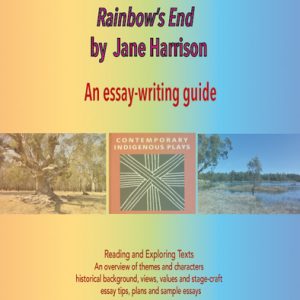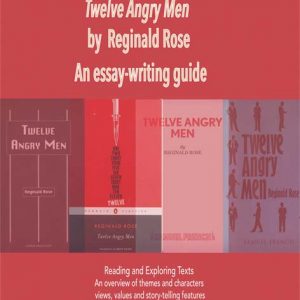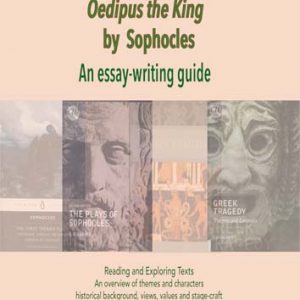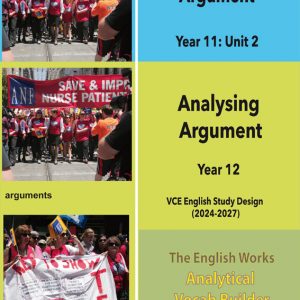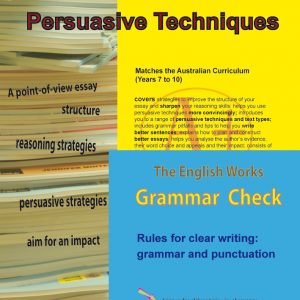Creative tips for students
So your teacher liked your piece. It’s around a B. What now?
Q: Typical questions: How should I develop my creative piece further?
- Identify the best part /half of your piece and discard the rest. (Less is more in English!).
- Make sure you have a good flow / a clear narrative sequence.
- Creative strategies: The closer you are to the story (ie a character or moment in the text) the easier it is to draw upon the author’s ideas, but often the harder it is to be “original”, fresh and different. The more removed (displacing the time frame or characters etc.) the easier it is to be “fresh”, but often the harder it is to make sure you reflect the author’s views, values, narrative intentions/message.
Statement of intention: self-reflection
- Write a few sentences/paragraph outlining your intentions. Which views and values of the author are you reflecting in your piece? Do some quick annotations.
Structure
Unless you are getting A+, there are parts of your piece that are or may be well-written; parts are average and over-written.
You will not achieve top marks by just tweaking a few words/phrases and improving some descriptions, here and there and changing words with the thesaurus.
You must improve your overall structure: ie the flow, the tension and the suspense in order to arrive at a more original and insightful point/message.
- Identify and isolate your best paragraphs and rebuild your piece around these paragraphs.
- Ask your teacher to help you identify your best parts of the text.
- I will also point out your strengths (and weaknesses)
You must have conflict or a threat!
Work out some conflict /threat without which you have not got a story! It might be a contrast between two characters, places and their attitudes/views and values; it might be conflict within the narrator’s mind (a dilemma) or it might be a specific threat.
What is your (story) thread?
- For example, the narrator must choose between two difficult options knowing that he/she will win/lose either way. (Good writers have a knack of making the simple quite profound – so remember; a short well-written piece will treat a simple creative line as simple but also deep. )
- Watch the flow – underline your pronoun references and make sure it is clear to whom you are referring.
- You must have a character who is ambivalent: or has double-feelings/meanings/or expresses contradictions/or is in a dilemma — in order to achieve some depth.
- You may wish to think about a character/narrator who is in-between or caught up in a dilemma – the choices are difficult and will have an unenviable consequence.
Show not tell
At first the tendency is to over-write so start by cutting your story by at least half. As you develop your characters and their attitudes, you will be able to stand back, and point, suggest and hint at feelings, and let readers make up their own minds.
- Use some dialogue ; this often helps as a short-cut to their thoughts/feelings without over-explaining.
- Condense/collapse the first half of the essay (3-4 paragraphs) into 2 paragraphs.
Descriptions/word- level
Your descriptions, images, metaphors etc. must have a purpose. (For this reason, do the above character contrasts/attitudes/viewpoints first.)
After you have developed contrasts, interest, suspense, a thread, then think about how you can be more evocative, suggestive and fresh with regards to your characters, their thoughts, their feelings, and their relationship with place.
- For example, with regards to Island, as your teachers will point out, Alistair Macleod’s prose is very rhythmic and evocative. But this is not necessarily your starting point. It is the polish! (Work out a simple (but complex) structure first.
- Think about variation in sentence structures and parallel constructions.
Think about the range of narrative strategies authors may use.
